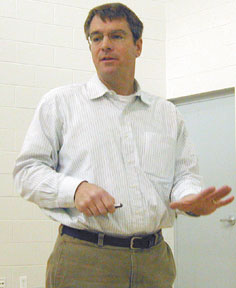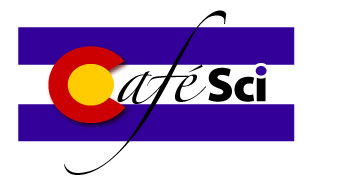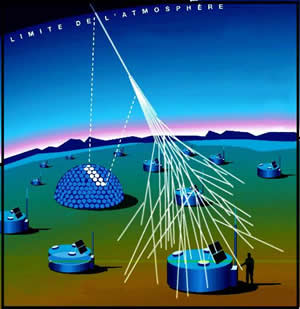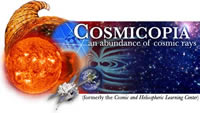|
I grew up in California and got a BS in Physics from UC Davis. I went to grad school at MIT, and got my PhD in 1988 in physics based on an experiment done at Fermilab near Chicago. Then I had a post-doc at the University of Wisconsin-Madison, but I spent the whole time at CERN, the European particle physics lab, near Geneva, Switzerland. [CERN is where the Large Hadron Collider will try to find out whether the Higgs Boson really exists. John is a Higgs guy as well.] From there I went to CSU as a faculty member in 1995. After working at CSU on two experiments at the Stanford Linear Accelerator Center, I have concentrated on the Auger project for the past several years. |
 |
The Topic
|
The Auger project observes a natural process: particles, called cosmic rays, that hit the upper atmosphere from outer space. These particles can create a shower of other particles, and some of those particles may reach the ground. Low energy cosmic rays are very plentiful at the ground with many going through your head or outstretched hand each minute. The low energy ones often come as lone particles called muons, and they are the tail of a shower that started high up and just trickled down to us. In Auger we are interested in the most energetic particles. They are more than 10,000,000 times more energetic than any particles created in particle physics labs on Earth. As many as 100,000,000,000 particles may reach the ground due to one of these very high energy particle hitting the top of the air. These events very rare, arriving only about 2 per square mile per 100 years. This is why we need a large detector to observe a statistically meaningful number of events. The Auger project builds on research by Pierre Auger [pronounced Oh-zhaj, not like the drill], who discovered high-energy cosmic rays in the 1930's. More recent experiments are the AGASA array in Japan and the HiREs observatory in Utah. The Auger Observatory has two sites. The southern site, south of Mendoza, Argentina, is more than half complete, and we released first physics results from the partial detector this summer. We expect to complete the southern observatory in 2006. The northern site is in southeast Colorado between the towns of Lamar and Springfield. |


